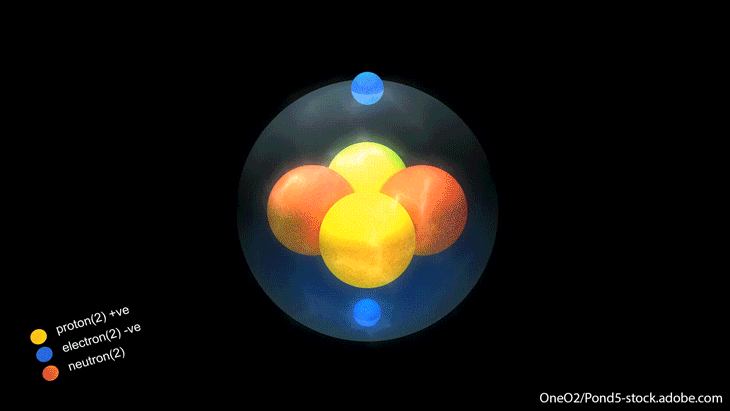
Helium is a valuable naturally occurring gas that is receiving increased attention including from petroleum explorationists.
Helium exploration was part of the NURE (National Uranium Resource Evaluation) program conducted by the USGS in the 1970’s and 80’s as a way to indirectly locate uranium deposits.
Soil gas sampling methods developed for helium inspired some of the soil gas methods used in petroleum exploration today.
GeoFrontiers Corporation offers services for helium exploration with our reliable workflow:
Sample Collection » Analysis » Interpretation
|
|
GeoFrontiers analyzed soil gas samples for helium exploration by Navajo Nation Oil and Gas Company (NNOGC). One of the projects was the Tohache Wash prospect.
Tohache Wash is located in the Four Corners area of the Western United States, a region of established heium production.
Tohache Wash
NNOGC
Apache County, Arizona, USA
Producing reservoir
Mississippian Leadville Fm.
Key Well
Navajo-Z
1960 ⇒ Drilled by Texaco
1967 ⇒ Completed by Texaco
2015 ⇒ Re-entered by NNOGC
Distribution of helium concentration at shallow sample depths.
The Navajo-Z well is marked by the red dot on the map, contours depict structure of the Leadville Formation
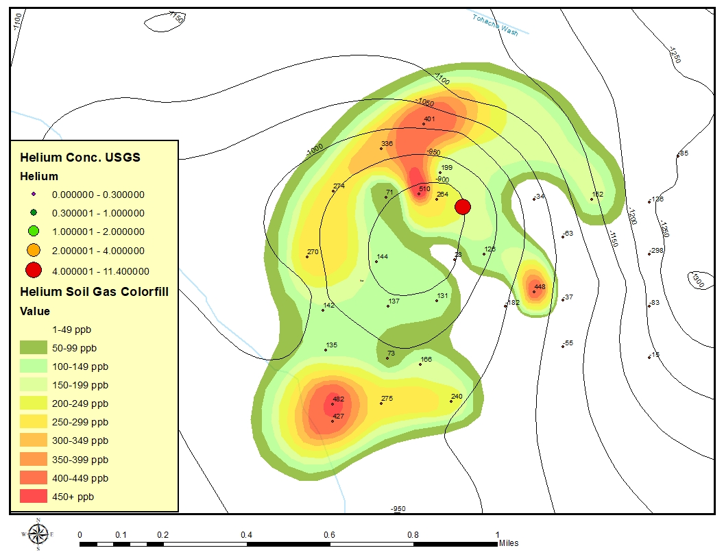
Courtesy of Mark Andreason, NNOGC
- 225 soil gas samples collected at approximately 1 meter depths
- Detected helium gas concentrations ranging 50-500 ppb over the local background helium level (5330 ppb)
- Pronounced correspondence of helium from soil gas and structure of the Leadville Formation
Sample Collection
Currently available soil gas probes and evacuated glass sample containers are excellent for helium sample collection.
Design your program and collection layout
Discover our collection method using our Soil Gas Probe
Analysis
Experience with helium surveys from the 1980’s is the basis for our current helium capabilities.
Helium analysis by mass spectrometry as pioneered by the USGS has been modified and updated to provide detection well below atmospheric concentrations of 5.24 ppmv.
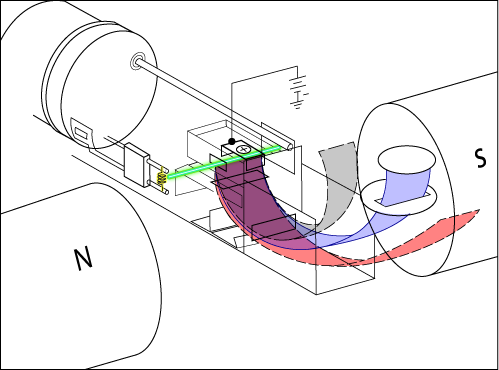
Figure by Paula Fleischmann
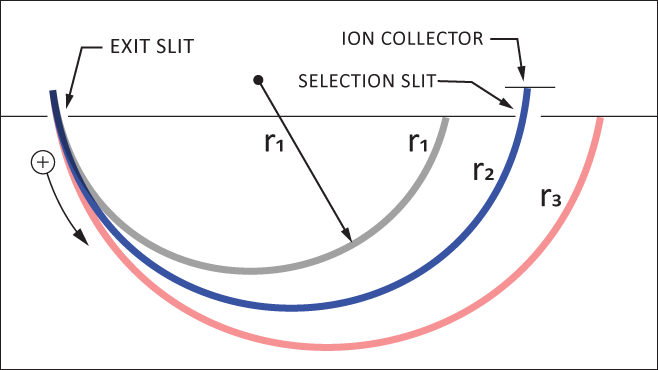
Figure by Paula Fleischmann
Interpretation
Concentration data are mapped over sample area.
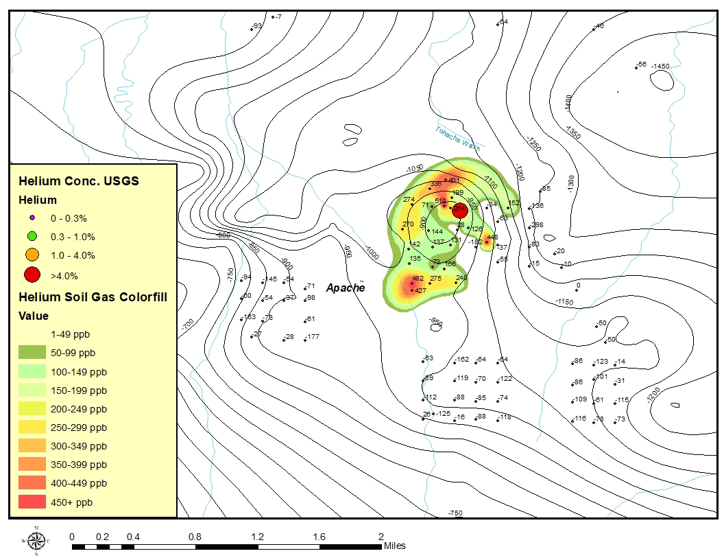
Courtesy of Mark Andreason, NNOGC
